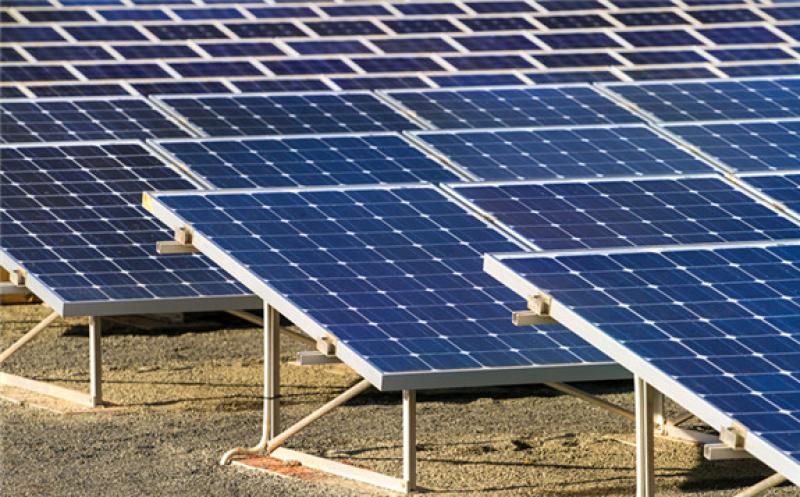Mexico is moving forward with a solar energy project in the northern state of Sonora to provide cheap electricity to the Baja California Peninsula, one of the country's most underserved areas.

The $100 million project is advancing, and the 2,000 acres where the project will be built, in Puerto Penasco, have already been secured, Sonora's governor, Alfonso Durazo, said July 5 at a press conference.
The project, announced in early June, will be co-owned by the state utility CFE and the state of Sonora, with CFE keeping 56% and becoming the operator, Durazo said.
Sonora's solar potential
Sonora, which borders Arizona and New Mexico, has been identified by the National University UNAM as having the largest solar generation potential. According to a recent study, only 1% of the state's territory could provide all the power needed in the country. Mexico's total energy consumption in 2020 was a little under 50 GW/h, according to CFE data.
The project will also involve building transmission lines to take the power to the north of the state and to the Baja California Peninsula, President Andres Manuel Lopez Obrador said July 5 during his daily morning conference.
"The project has to be finished by the end of 2023 or early 2024," the president said, adding that his government is promoting the use of renewable energy to reduce Mexico's dependency on hydrocarbons.
Mexico generates over 70% of its electricity using natural gas imported from the US. Roughly 12% of the federal government's revenue comes from crude oil exports.
Doubts voiced
Observers expressed doubt about the project, despite the potential.
The announcement appears to be political, said Paul Sanchez, a partner at Mexico-based consultancy Perceptia21.
"The present administration attacked solar and wind energy projects because their intermittency affected the operation of the grid. This decision sends the message that intermittency is not a problem if the energy comes from CFE," Sanchez said.
A recently elected governor who belongs to the president's Morena party announced the project.
"If the government were serious about solving the energy shortages in the Baja California Peninsula, why not build solar and wind parks there?" Sanchez argued.
A second observer, who declined to be identified, said it is still early to say whether the project will be completed, let alone show benefits to the system, as it has not been reflected in any government budget.
"It is yet to be seen if CFE, or the state of Sonora or the energy ministry show it in their 2022 budget. Until then, it is too early to say," the person said.
A CFE representative did not respond to requests seeking comment.
Cheniere, the biggest exporter of LNG in the US, is working to secure sufficient buyer interest for a proposed mid-scale expansion at its Corpus Christi liquefaction facility in Texas. It is also pursuing initiatives to reduce its carbon footprint at Corpus Christi and at its Sabine Pass export terminal in Louisiana, and give customers more information about the life-cycle emissions of its cargoes.
S&P Global Platts senior natural gas writer Harry Weber is joined by Anatol Feygin, Cheniere Energy's chief commercial officer, for a discussion about current trends in the global LNG market, with a special emphasis on North America and the energy transition.